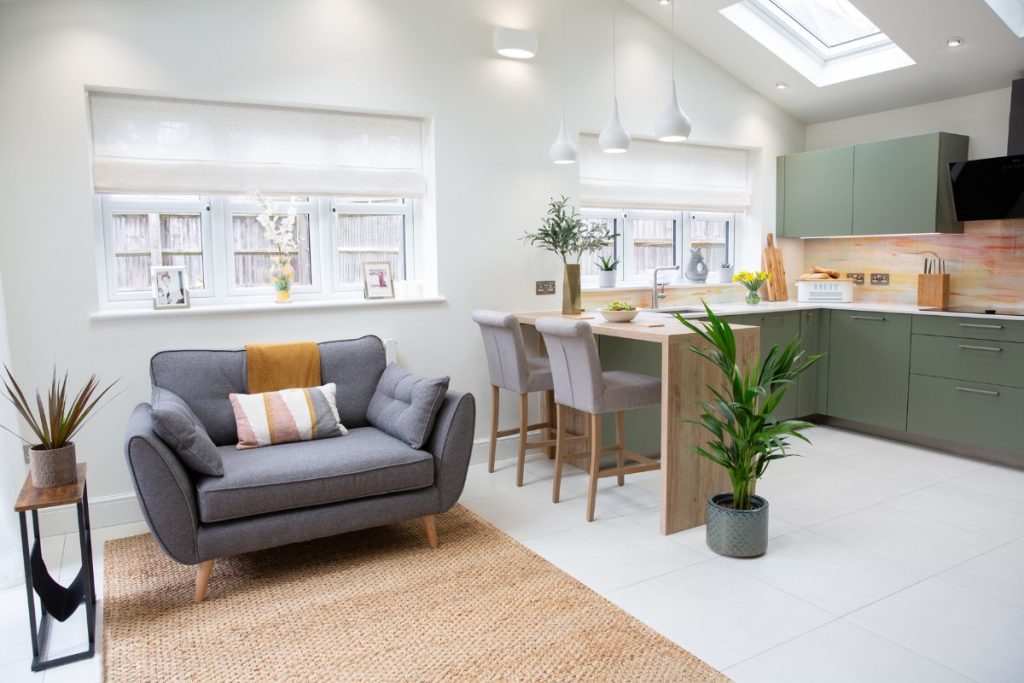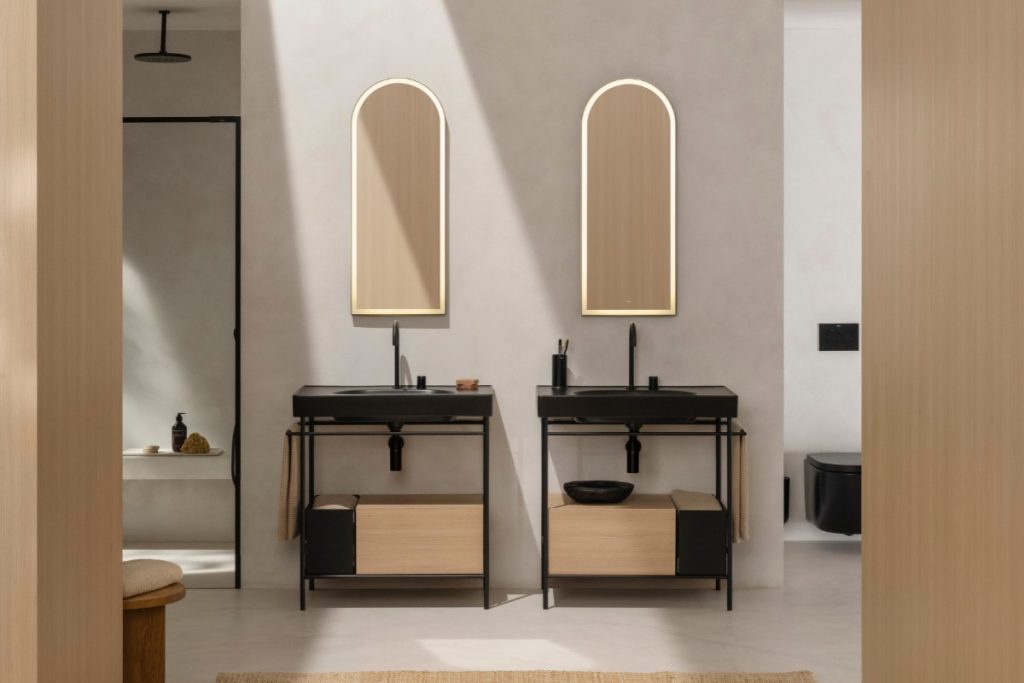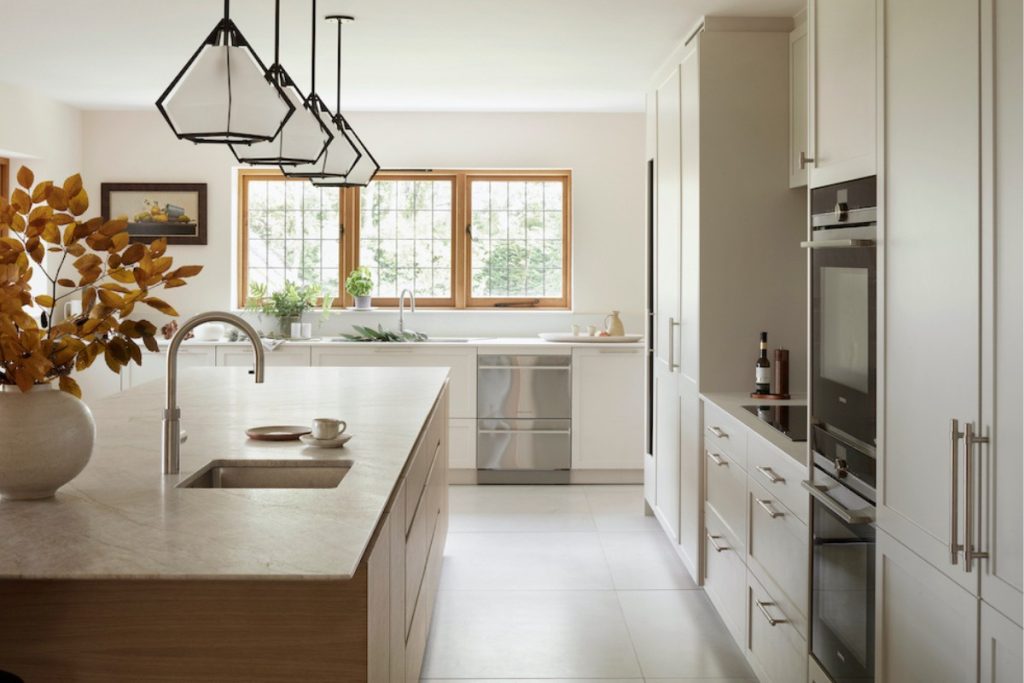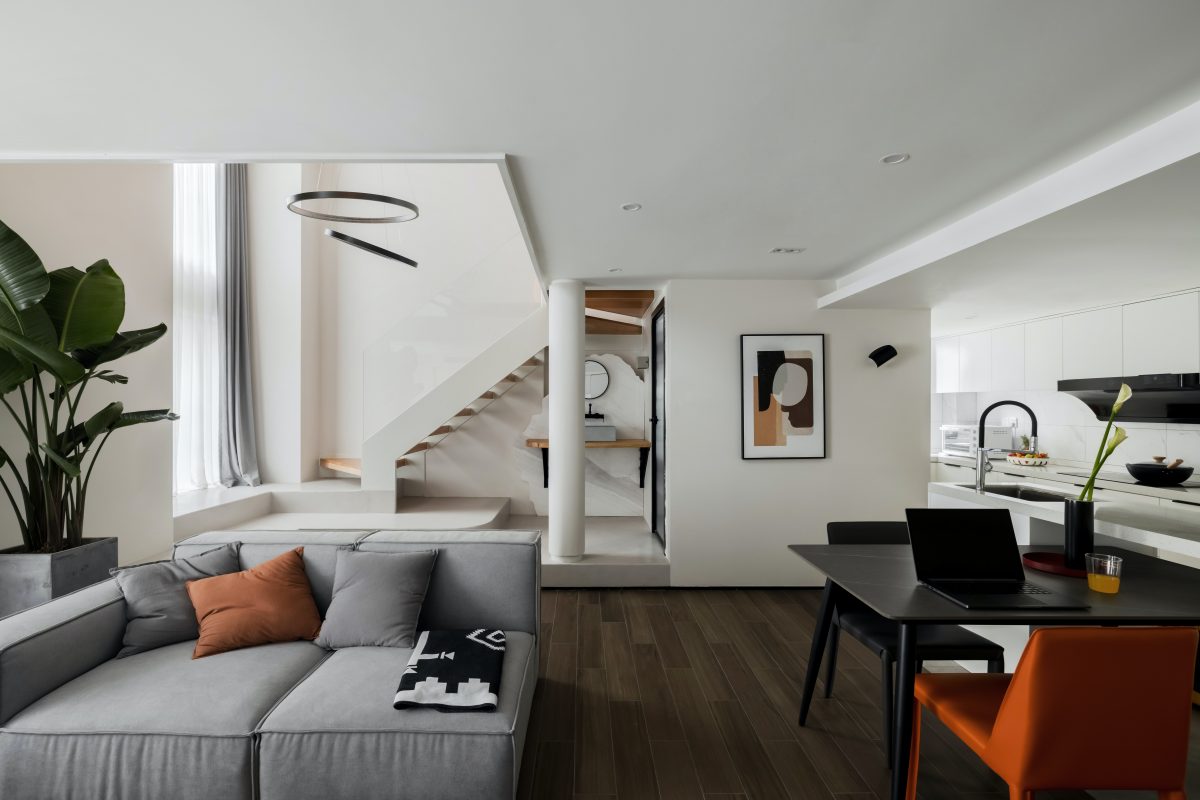 20th July 2021 | IN DESIGN ADVICE | BY SBID
20th July 2021 | IN DESIGN ADVICE | BY SBIDProfessional accreditation provides impartial third-party certification or endorsement of an individual’s level of knowledge, skill, experience and proficiency to practice within a specific industry or profession. Granted by authorities in the field, accreditation for professional competence is often affiliated with the industry’s trade or professional association (also referred to as a body, organisation or society), interested in raising the industry’s standards.
Why do interior designers need it?
Professional bodies help to define and set standards for professional practice. Unlike chartered professions, due to the lack of official title recognition for an interior designer, there is no universally accepted definition recognised by government for qualifying an interior design professional or distinguishing a proven, professionally trained interior designer against an interior decorator, stylist or untrained hobbyist.
Why does the interior design industry need regulation?
Architects and engineers are often the professionals credited for the creation of safe internal environments – while the role of an interior designer is overlooked in terms of its impact on public health and safety. Much more than mere aesthetics of dressing a space, an interior designers choices and advice can have significant implications on our health and wellbeing. Inaccurate advice or inappropriate specification may breach laws or compliance regulations, incur additional cost, generate delays or increase risks to those who invest in and ultimately use the space.
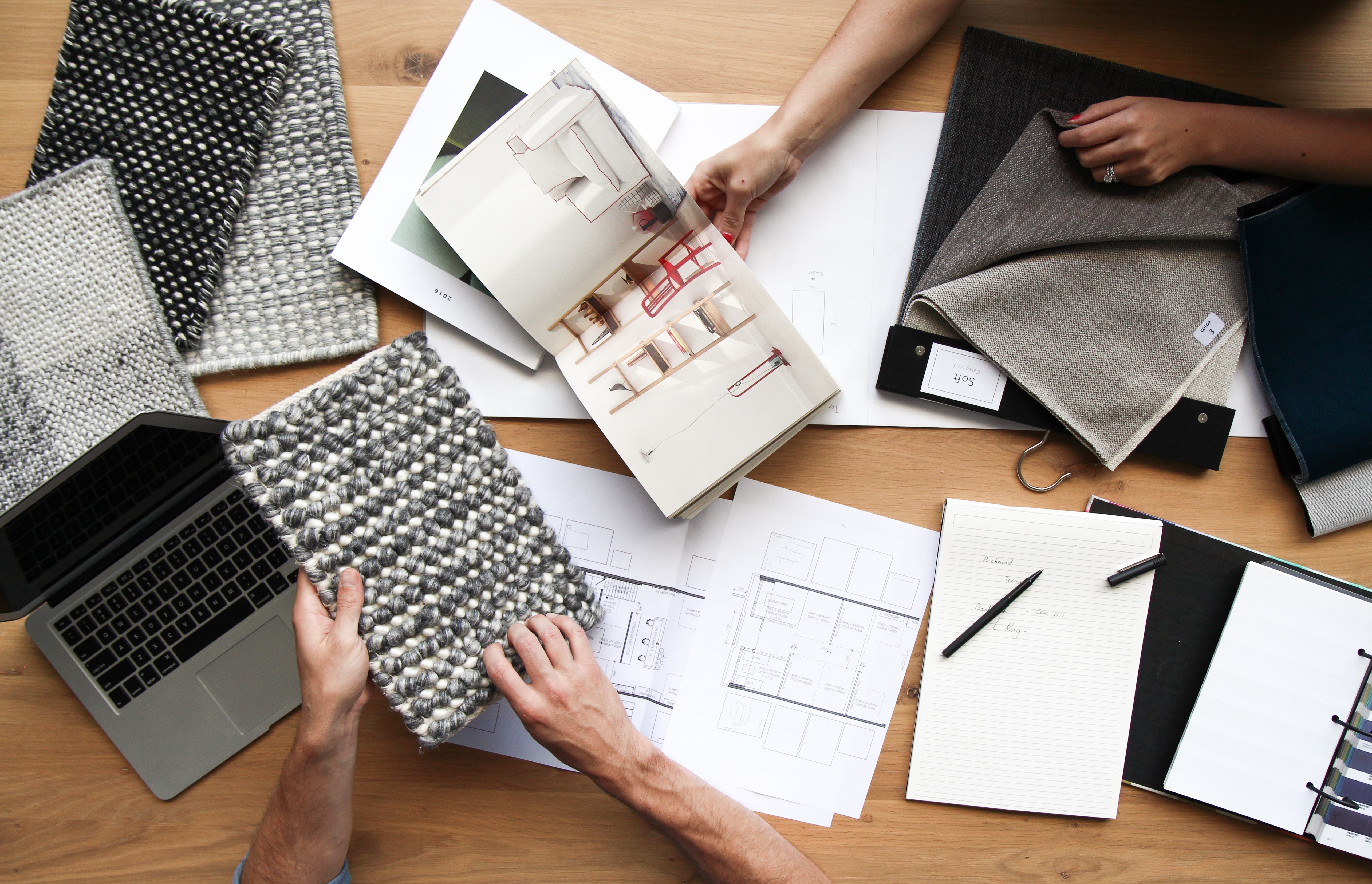
What does SBID Accreditation do?
For over a decade, the Society of British & International Interior Design (SBID) has represented, promoted and protected the interests of practicing interior designers in industry, government and trade, creating a widely recognised benchmark for professional standards with its first-to-market Accreditation criteria – defined by an interior designer’s level of education, experience and competence.
To ensure the welfare and safety of clients and end-users – from adhering to building regulations and ethical business practices, to making compliant material specification and space planning, SBID Accredited Designers must comply with its Code of Conduct and Ethics which set out the expectations for design professionals operating in a safe, compliant and ethical manor.
What does this mean for the public?
Achieving SBID’s Interior Design Accreditation provides clients with reassurance that the design services offered are quality-assessed to meet the required industry standards for compliant professional practice.
SBID also require its Accredited Designers to commit to an annual programme of continued professional development to maintain relevant skills and knowledge. Ensuring the designers commissioned are sufficiently trained, educated and experienced to perform at the highest level is essential for improving public safety, reducing industry complaints and driving professional standards.
To find out more about SBID’s professional accreditation for interior designers, click here.
